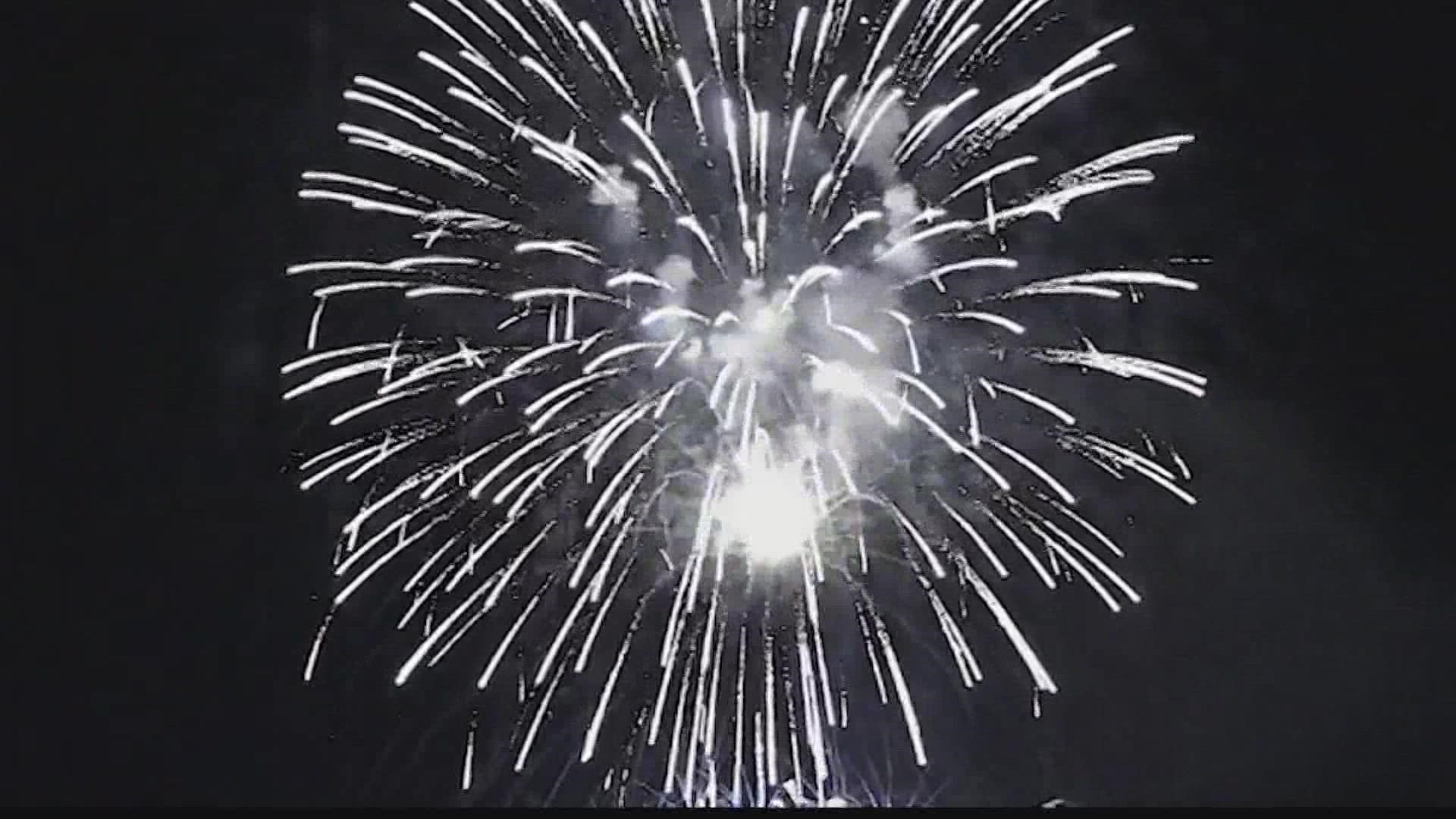HUNTSVILLE, Ala — As we approach one of the most popular firework holidays, besides New Year's Eve, some of you are probably wondering how fireworks get their unique color. The answer is very simple: chemistry. The colors within the fireworks get their colors from a chemical reaction by metal salts.
The metal salts are what give the fireworks their colors. Now this isn't like table salt. In the science of chemistry, a "salt" refers to a compound consisting of a metal and a non-metal.
Strontium carbonate (red), calcium chloride (orange), sodium nitrate (yellow), barium chloride (green) and copper chloride (blue) compounds are the most common fireworks colors. Fireworks contain an explosive powdery substance plus binding paste. Once the two are mixed with the chemicals responsible for the colors, that's how the firework are made.
The metal salts are then packed into extremely tiny pieces, mostly the size of a pea, called pyrotechnic stars. How cool is it that the reason we enjoy the beauty of fireworks is all thanks to pure science!

